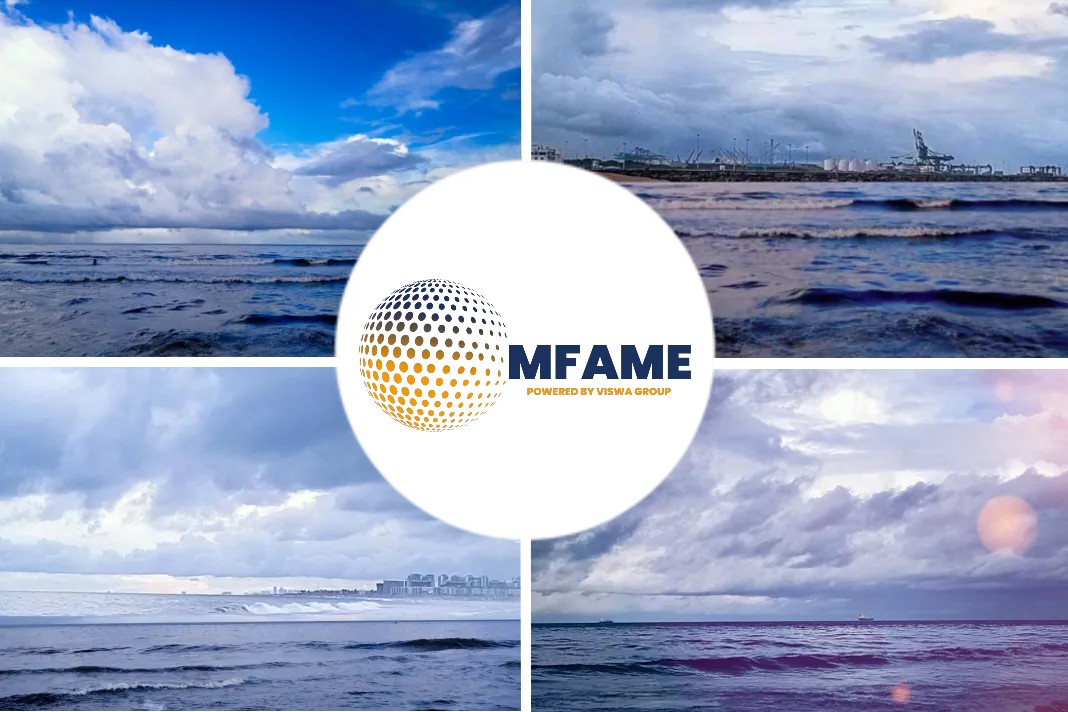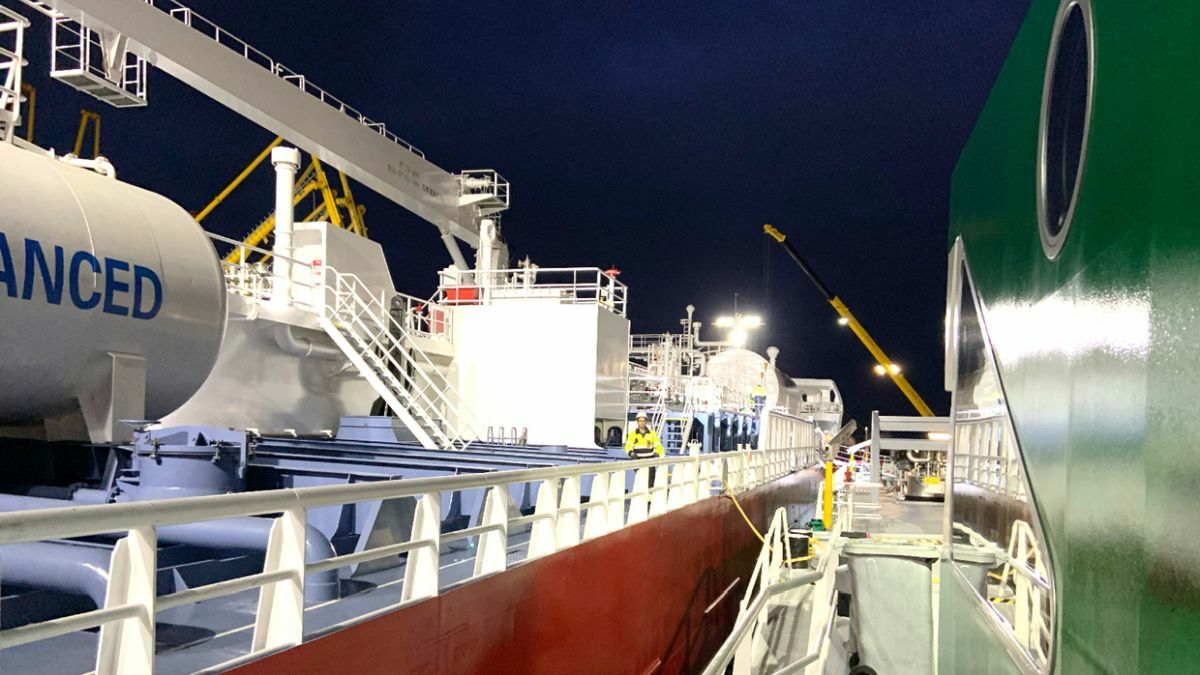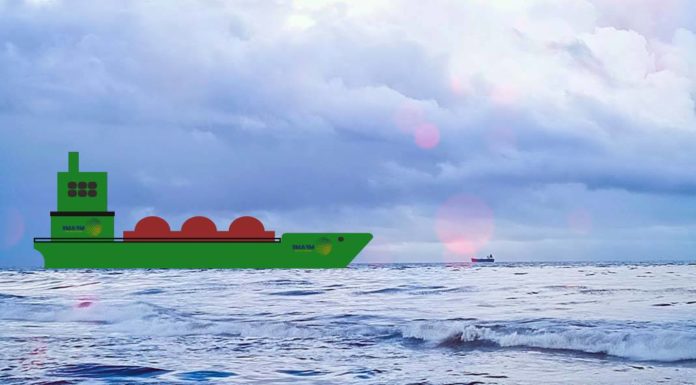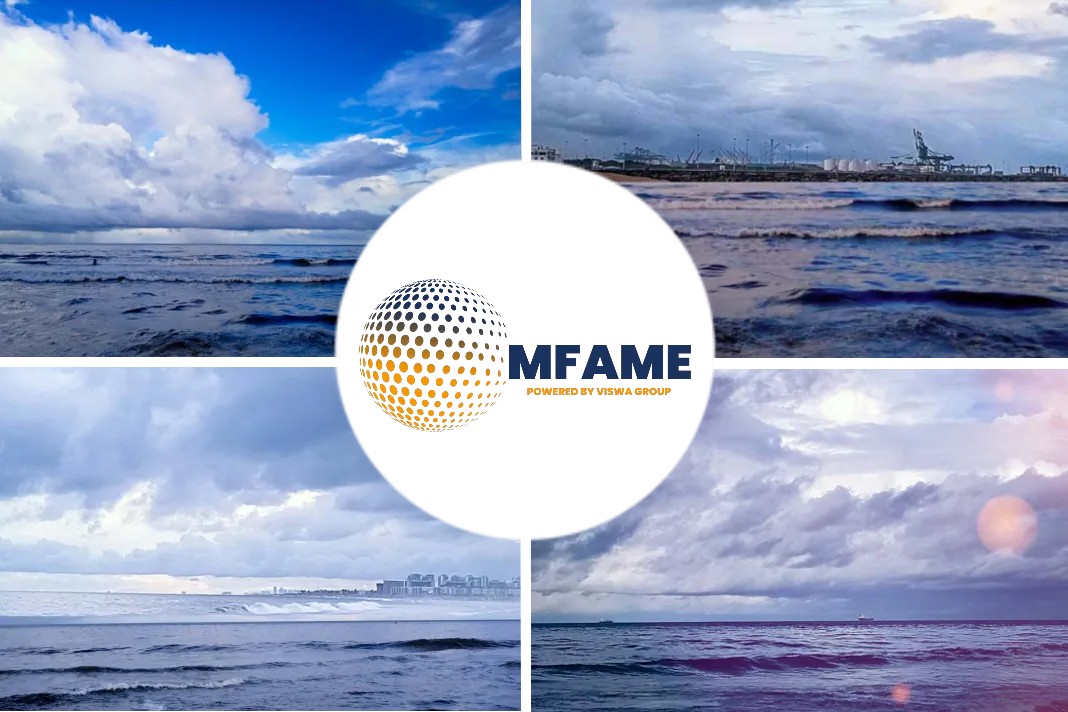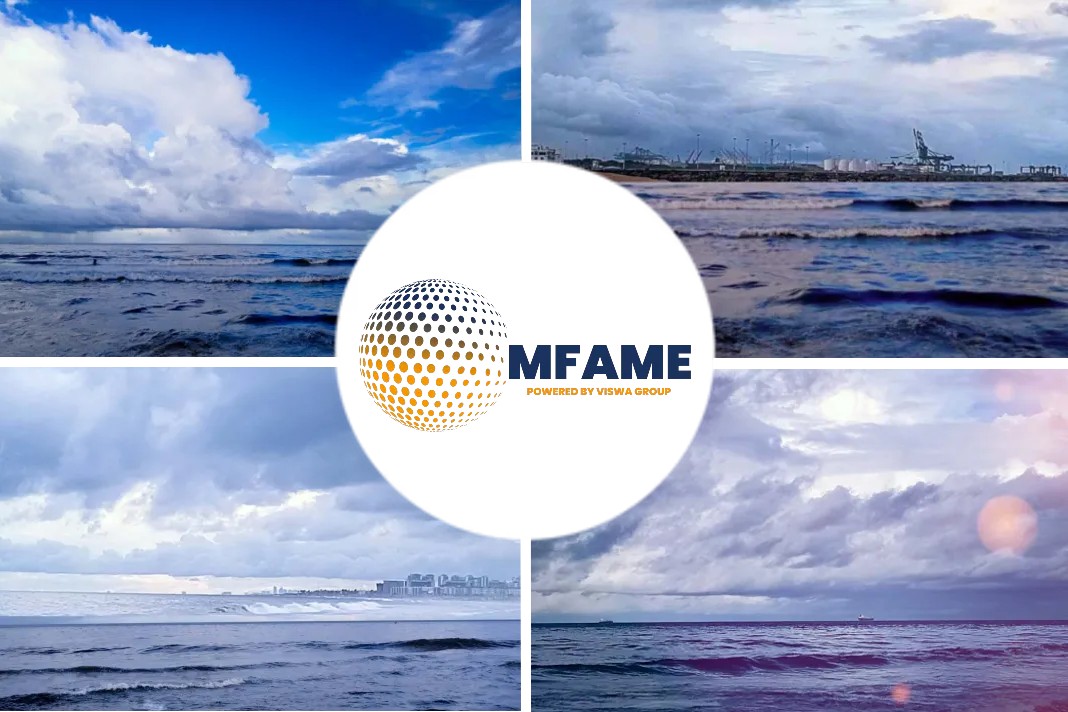- LNG refuelling options are widening in Europe, driven by the projected increase in the number of vessels and heavy trucks.
- LNG will experience phenomenal growth, jumping from 1,532 vehicles in 2016 to 280,000 by 2030.
- Trucks powered by LNG can achieve even higher ranges – about 1,500 km on a single tank.
- Fearnleys AS plans to run a tender for the construction of an 8,000-m3 LNG-fuelled LNG bunker vessel.
According to an article published in Riviera Maritime Media, LNG refuelling options are widening in Europe, driven by the projected increase in the number of vessels and heavy trucks that are expected to use it as a source of power
LNG to experience phenomenal growth
Over the next 10 years, LNG-fuelled heavy-duty transport will experience phenomenal growth, jumping from 1,532 vehicles in 2016 to 280,000 by 2030, according to the Shell LNG Outlook 2019. The refuelling infrastructure is growing accordingly. In 2018, there were about 155 LNG fueling stations in Europe; this had grown to about 250 in January 2020, according to the Natural & bio Gas Vehicle Association Europe (NGVA Europe).
Government environmental policies supporting the Paris Climate agreement and the implementation of the IMO 2020 0.50% sulphur cap as of 1 January are driving the switch over to LNG, the cleanest-burning fossil fuel.
Road to be further extended
“We believe that the demand for LNG on the road will grow,” says OMV chief executive Rainer Steele. “Studies suggest that the number of LNG trucks will increase to 280,000 in Europe by 2030. Less CO2 and particulate emissions, as well as less noise, add up to environmentally sound goods transport. This is why we should get on with expanding the requisite infrastructure and supply,” adds Mr Steele.
Beyond the environmental advantages, Austrian oil and gas company OMV AG says commercial vehicles and trucks powered by compressed natural gas (CNG) have the same ranges as diesel-powered vehicles and are up to 50% quieter than conventional diesel trucks. Trucks powered by LNG can achieve even higher ranges – about 1,500 km on a single tank.
“Even better than reducing CO2 output, of course, is to drive CO2-neutral – this will be possible in the near future with bio-methane and hydrogen,” says OMV.
Collaborations to develop and construct a small-scale liquefaction plant
OMV AG signed a memorandum of understanding with Italian gas utility Snam Spa and gas distribution company TAG GmbH to collaborate on opportunities to develop and construct a small-scale liquefaction plant and LNG supply infrastructure in Austria.
| LNG-fuelled heavy transport in Europe | ||||
| Year | 2016 | 2017 | 2018 | 2030 |
| Number of trucks | 1,532 | 4,000 | 5,500 | 280,000 |
| Source: Shell LNG Outlook 2019 | ||||
New LNG refuelling options at Port of Antwerp
In January, Cryostar and KC LNG announced a contract to construct a new LNG ship bunkering and truck fuelling facility at the Port of Antwerp, Europe’s second largest seaport.
Denmark-based KC LNG, part of Makeen Energy, engineers and builds liquefaction, bunkering and refuelling solutions for the production and transfer of LNG.
Varied product offerings
Headquartered in France, Cryostar is a cryogenic technology provider, with centrifugal pumps, reciprocating pumps, expanders, small-scale liquefaction and heat exchangers among its product offerings.
Cryostar and KC LNG will commission the LNG facility in Q1 2020, allowing Fluxys, G&V, Titan LNG and Rolande to widen the LNG fuelling options at quay 526/528 in the Port of Antwerp. The port currently offers truck-to-ship bunkering. Both LNG-powered inland waterway vessels and LNG-powered trucks will be able to refuel at the facility.
“This project is yet another testament to the rapid development of the LNG market,” says LNG Makeen Energy group head Frej Olsen. “Easily accessible and affordable, LNG is in high demand, and we want to be at the forefront with more solutions that accommodate this demand.”
FlexFueler002 LNG bunkering barge
Also bolstering the port’s LNG marine refuelling infrastructure will be the 76-m FlexFueler002 LNG bunkering barge. Due for delivery in mid-2020, FlexFueler002 will become operational in the greater Antwerp port area, providing ship-to-ship LNG bunkering on a larger scale. Belgian gas distribution network operator Fluxys partnered with Dutch company Titan LNG to build the bunker barge, which is a sister vessel to FlexFueler001, which began operating out of the Port of Amsterdam in June 2019.
FlexFueler002 has an overall length of 76.4 m and beam of 11.45 m, with four vacuum insulated IMO Type C cargo tanks, each with a capacity of 370 m3. For manoeuvrability, FlexFueler002 is fitted with a bow thruster. There is also a control room and a simple accommodation at the stern.
Titan Hyperion
In December, Titan LNG contracted Norwegian ship broker Fearnleys AS to run a tender for the construction of an 8,000-m3 LNG-fuelled LNG bunker vessel that would begin operation in the Amsterdam-Rotterdam-Antwerp (ARA) region in 2021. To be called Titan Hyperion, the bunker vessel will have a length of 135 m and beam of 19 m, with the ability to refuel a wide range of oceangoing LNG-fuelled vessels. Besides its bunkering duties, Titan Hyperion will also serve as a ‘mother ship’, loading LNG onto Titan LNG’s FlexFueler class barges.
Emitting virtually no SOx and particulate matter and 10-20% fewer greenhouse gases (GHG) than traditional oil-based fuels, LNG is expected to play a vital role in the reduction of GHG emissions by marine and land-based transportation.
Rail, road and marine
Europe’s second largest operator of regasification terminals, France’s Elengy believes its Fos Tonkin LNG terminal can be transformed into a multimodal LNG hub in the western Mediterranean basin, serving rail, road and marine customers.
In January, Elengy said it would continue operating its Fos Tonkin terminal in the Mediterranean until 2028, after fully booking its proposed regasification capacity for its open season in 2021.
Elengy reported the proposed regasification capacity of 1.5Bn m3 had been entirely booked after a call for subscriptions in February 2019, allowing it to make the financial commitment to extend the site’s activity beyond 2020.
Offering the unloading and loading of LNG carriers and reloading of bunkering vessels, Fos Tonkin could be a key asset to support the energy transition and the move to LNG as a fuel, said Elengy. As a result, Elengy is now working on the development of the loading capacities for small LNG vessels to provide the market with the required services to support the growth of LNG as a marine fuel. Elengy said the Fos Tonkin terminal’s location is ideal to supply LNG to ports and islands of the western Mediterranean.
Assessing development of Fos Tonkin terminal
The company is studying the potential of developing the Fos Tonkin terminal as a loading point for trains to supply LNG intermediate storage sites outside LNG terminals.
Elengy currently offers LNG truck loading capacity at its three terminals, Fos Tonkin and Fos Cavaou on the Mediterranean and Montoir-de-Bretagne on the Atlantic. It has loaded more than 20,000 LNG tanker trucks since 2013.
Did you subscribe to our daily newsletter?
It’s Free! Click here to Subscribe!
Source: RivieraMaritimeMedia






